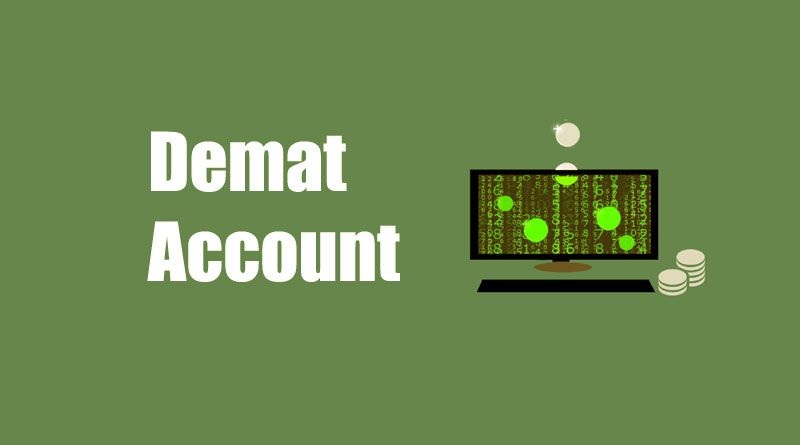Every trader has their own style when it comes to investing, but the two most prominent approaches would have to be passive v.s. active investing. For existing and prospective investors, trying to choose between approaches has come with a lot of disagreement on which approach equals the highest value.
But what are active and passive investing?
Active Investing
As the name implies, active investing requires a hands-on approach and requires that someone acts as a portfolio manager. The goal of active money management is to beat the stock market’s average returns to take advantage of short-term price fluctuations. It requires technical analysis and the expertise to know when to lean into or get out of a particular stock, bond, or asset. Typically, a portfolio manager will oversee a team of analysts who will look at the qualitative and quantitative factors to determine where and when the price will increase.
Passive Investing
As a passive investor, you invest for the long term. Passive investors limit the amount of buying and selling they do within their portfolios. This makes it in some cases a cost-effective way to invest. The strategy utilizes a buy-and-hold mentality, meaning they resist the temptation to react to or anticipate the stock market’s ups and downs. When you own small pieces of many stocks, you earn returns from the upward trajectory of corporate profits over time through the overall stock market.
Matt Choi, the founder of Certus Trading, is a self-taught expert with nearly two decades of experience.
“After a while, I realized that the biggest reason why traders haven’t been successful is because they lacked structure in their trading. They’d be trading stocks today, and then jump to commodities tomorrow. They’d get distracted listening to financial news networks, which often contradict their own analysis. They didn’t have a plan and if they did have one they weren’t disciplined enough to follow it. And as a result, there is a lot of analysis paralysis going on, and they just can’t move forward with their trading,” Choi said in an interview.
Pros and Cons of Active Investing
Pros:
Flexible: Active managers don’t have to follow a specific index. They can buy stocks they believe will pay off in the long run.
Hedging: Active managers can also hedge their bets using various techniques, and they’re able to exit specific sectors or stocks when the risk gets too large. Passive managers are stuck with the stocks and the index regardless of performance.
Managing tax: This strategy often comes with capital gains tax, but advisors can tailor tax management strategies for individual investors, by selling investments that are losing money to help offset taxes on their big wins.
Cons:
Expensive: Fees are higher because all of that active buying and selling trigger transactional costs while also paying the salaries of the analyst team. All those fees of investing over time can take a toll on returns.
Risky: Active managers are free to buy any investment they think will bring returns, which is great when they get it right – but very bad when they get it wrong.
Pros and Cons of passive investing
Pros:
Low Fees: Seeing as there is no one picking stocks, oversight is much less costly.
Transparency: It is always clear which assets are in your selected index fund.
Tax efficiency: Because of the buy-and-hold strategy, one typically won’t result in a massive capital gain tax for the year.
Cons:
Small returns: Passive funds generally will never beat the market, even during times of turmoil, as the holdings are locked in to track the market. It is possible for a passive fund to beat the market by a small margin, but it will never see the same big returns active managers generally achieve.
Limited: Passive funds are limited to a specific index or set investments with limited variance. Therefore, investors get locked into their holdings, regardless of what happens in the market.
Legendary investor Warren Edward Buffet is an American investor and philanthropist. He is currently the chairman and CEO of Berkshire Hathaway and is known as one of the most successful investors in the world. As of May 2022, he has an estimated net worth of $116 billion.
When it comes to the passive v.s. active investing debate, Buffet has made his stance quite clear:
“If you aren’t willing to own a stock for 10 years, don’t even think about owning it for 10 minutes,” said Buffet.





